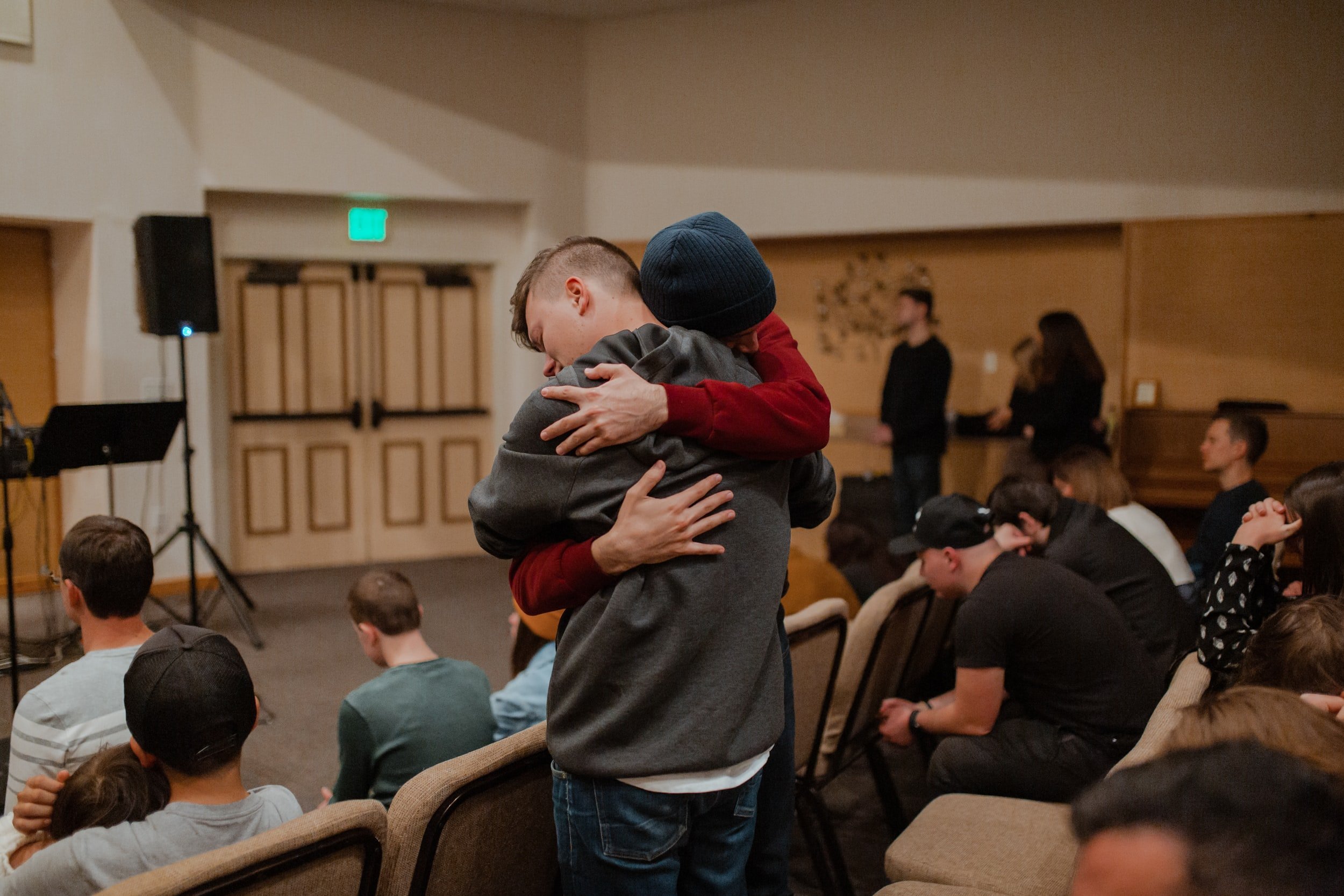Foster Youth Storytelling: Less Vulnerability, More Resiliency
Tune into any crime series for an episode or two and odds are you’ll come upon at least one plot line involving foster youth. After all, we assume that these young people make perfect characters for crime-and-punishment storytelling: they’re vulnerable, abandoned, and hopeless. The Law & Order franchise, and Law & Order: SVU in particular, regularly feature these types of storylines. Both news and popular media are used to portraying foster youth as permanently damaged, either by the circumstances that led them to foster care and/or by the broken system that failed them (for instance Dexter and Killing Eve). The central characters of both Dexter and Killing Eve are both cold-blooded killers shaped by their experiences as foster children. As a result, transition age foster youth are stigmatized and “otherized,” worth saving but never really capable of integrating into families and communities.
When they are not being demonized, the experiences of foster youth are often trivialized instead. From Diff’rent Strokes, to The Blind Side, we’ve seen the temptation to fast forward to the simplistic, happy ending without the complex, difficult aspects of healthy development and identity formation. These storylines don’t leave room to depict the varied resources and supports that transition-age foster youth need to thrive, or the ways in which their needs and desires are similar to other adolescents.
Each of these storylines - the hopeless and the minimized - demand greater nuance. A good example of how to do it is The Fosters (2013-2018). The show took a big step towards compelling storytelling about foster youth with a modern-family dynamic that avoided many of the common traps. The characters faced abandonment, abusive situations, and trust issues, but in ways that spoke to the complexities of finding your footing on the way to adulthood when you don’t have the usual connections to family and a stable home. It also demonstrated the resiliency of foster youth who have the right supports, like stable, ongoing relationships and a sense of community.
Over the course of its five seasons, The Fosters also showed the challenges and experiences that adolescents have in common, whether fostered or not. These included struggles like sibling rivalry, bullying, and racism, as well as the joyful discovery of talents, passions, and sexualities.
Depicting these shared challenges and opportunities for growth brought the characters out of the realm of “the other” and made them identifiable, winning audience fandom and critical acclaim in the process.
Our research provides a framework for better, more nuanced storytelling when it comes to portrayals of transition-age foster youth. Here are some ideas for how to do it:
Include the ways in which foster youth are similar to other adolescents, not just what makes them different. Realistic storytelling should show the everyday challenges and discoveries transition-age foster youth face as they become adults.
Show what foster youth need to make their journey to adulthood happy and successful. Don’t just depict their adolescence as a time to survive, but as a time to thrive, when they have caring relationships and stable living situations.
Avoid the overly simplistic “shame and blame” plots when it comes to birth and foster parents. Instead, place foster youth’s experiences within a larger narrative about the racial and economic inequalities that set the stage for a youth’s trajectory.
Widen the lens beyond the family and show community connections. The reality is that foster youth are often disconnected from the communities around them, and this can be as challenging as the lack of family. Make the place they live a protagonist too—opening up new opportunities for the central characters to grow, and new possibilities for original stories.
Freelancer








